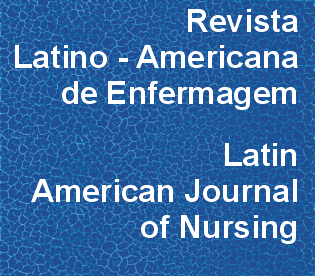Protective and family risk factors related to adolescent drug use
DOI:
https://doi.org/10.1590/S0104-11692011000700011Keywords:
Risk Management, Adolescent Behavior, Chemical CompoundsAbstract
This cross-sectional and quantitative study aimed to verify the family's protective and risk factors related to drugs use in adolescents, considering the interaction patterns developed in the family, their degree of adaptability and vulnerability. Participants in this study were 80 female adolescents, from the 1st to 4th grade of high school, who answered a questionnaire. The most relevant risk and protective factors that would influence the situation were established, such as patterns of interaction, degree of adaptability, way of coping with problems, family resources and values. The major risk factors that emerged were the way people confront problems and, within these, lack of religious support and professional support, besides communication difficulties within families. The lowest risks were values, such as personal effort. The results highlight that nurses should assume psychosocial interventions as part of their role, especially among school-age children as, thus, they would be acting as agents in the prevention of drugs use.Downloads
Download data is not yet available.
Downloads
Published
2011-06-01
Issue
Section
Original Articles
License
RLAE’s authorship concept is based on the substantial contribution by each of the individuals listed as authors, mainly in terms of conceiving and planning the research project, collecting or analyzing and interpreting data, writing and critical review. Indication of authors’ names under the article title is limited to six. If more, authors are listed on the online submission form under Acknowledgements. The possibility of including more than six authors will only be examined on multicenter studies, considering the explanations presented by the authors.Including names of authors whose contribution does not fit into the above criteria cannot be justified. Those names can be included in the Acknowledgements section.
Authors are fully responsible for the concepts disseminated in their manuscripts, which do not necessarily reflect the editors’ and editorial board’s opinion.
How to Cite
Protective and family risk factors related to adolescent drug use . (2011). Revista Latino-Americana De Enfermagem, 19(spe), 738-745. https://doi.org/10.1590/S0104-11692011000700011



